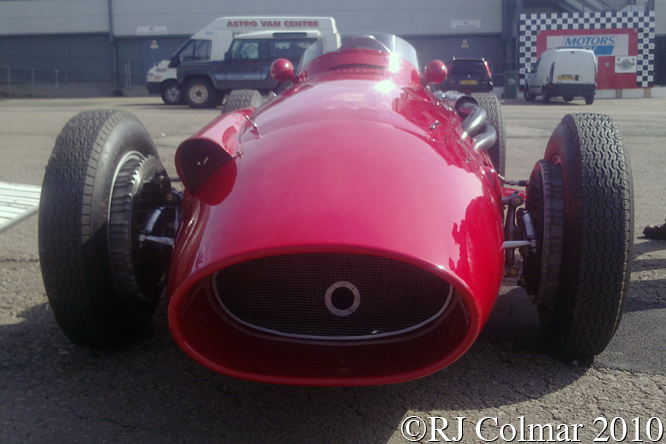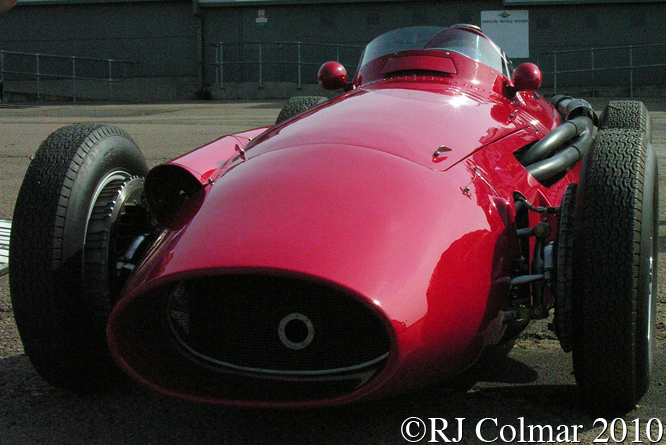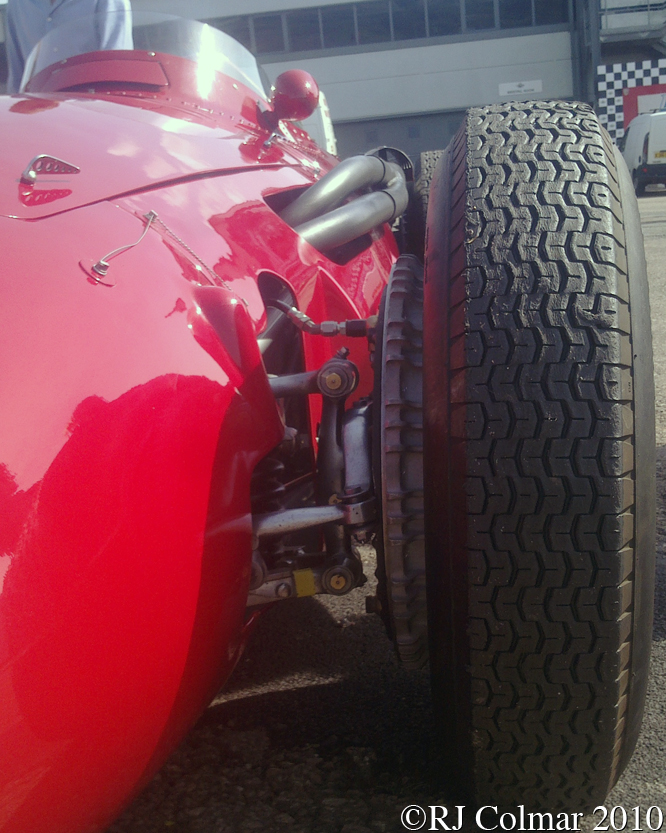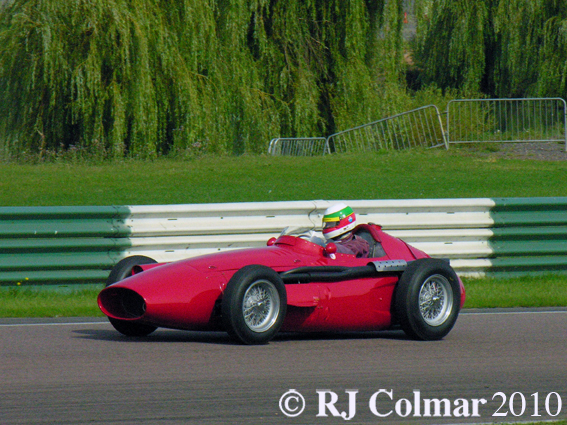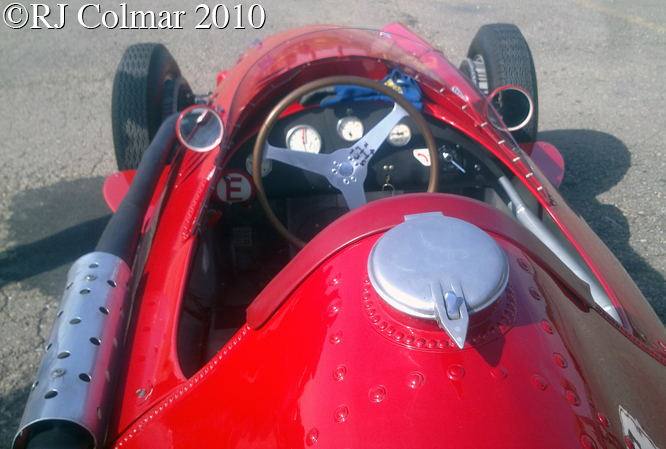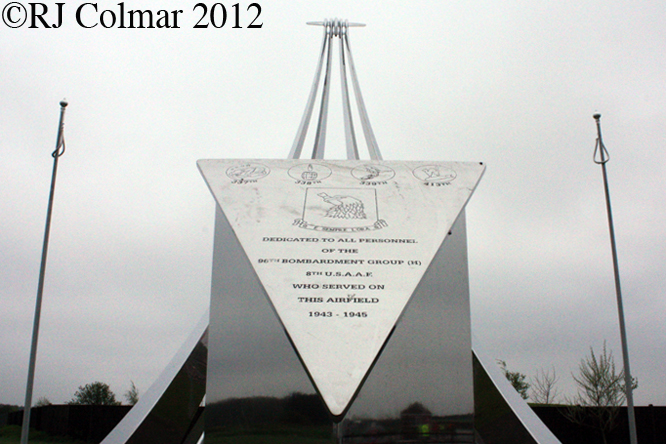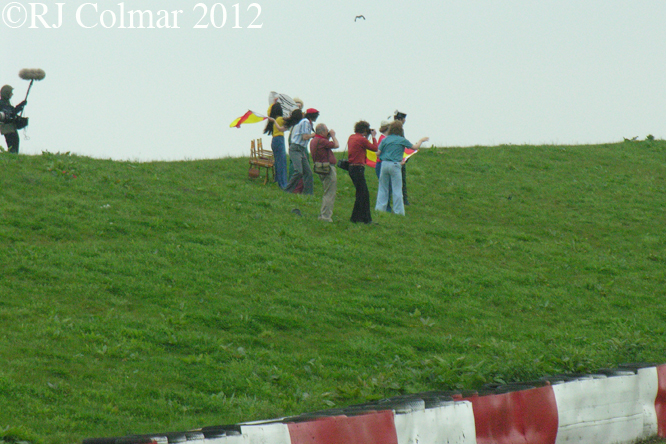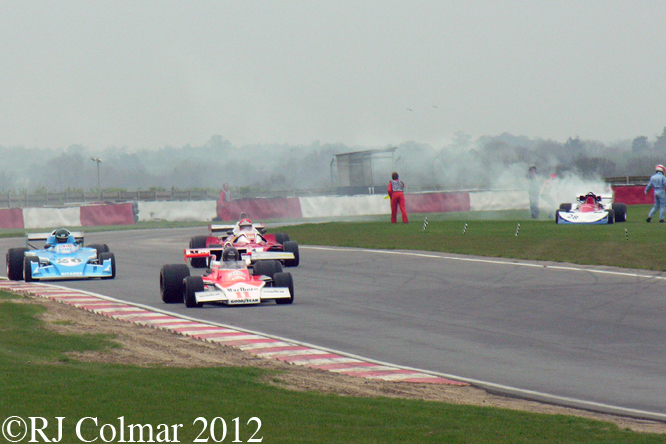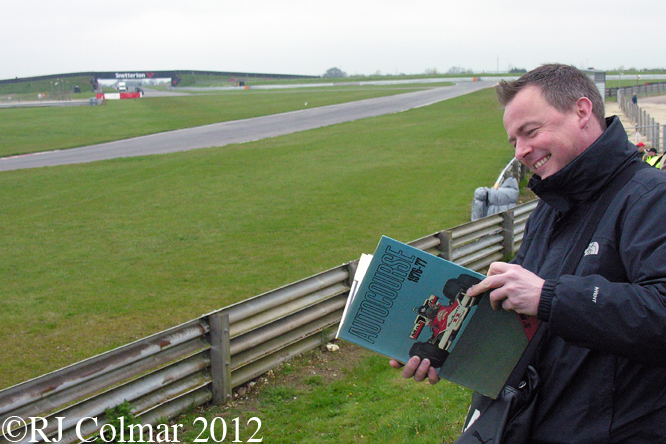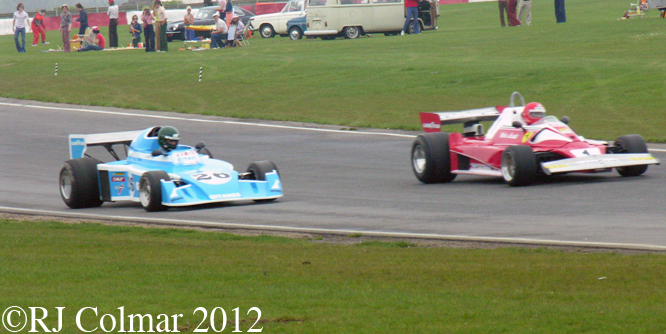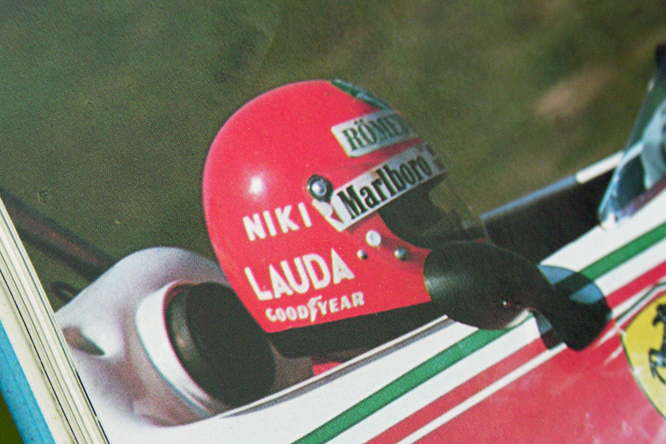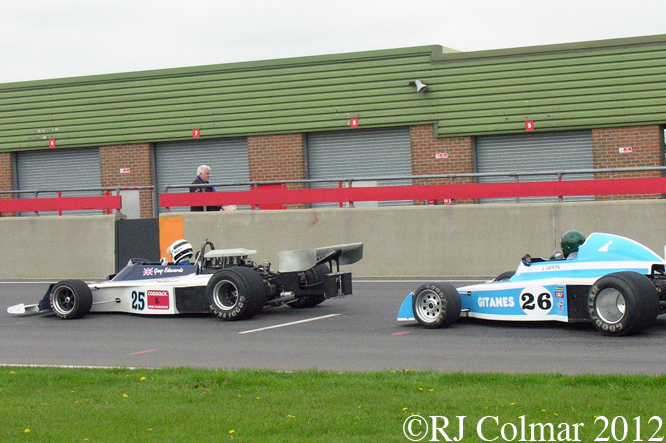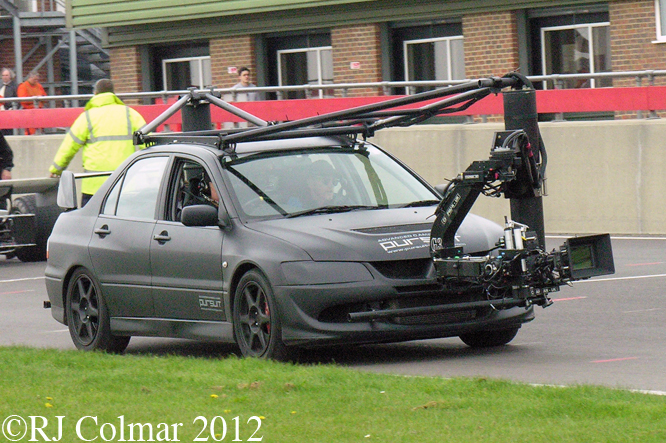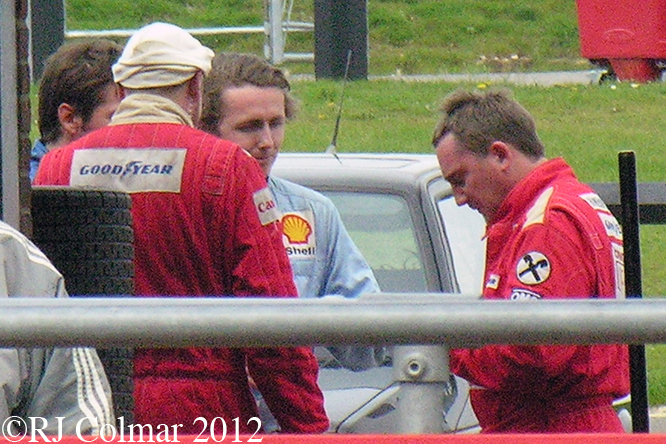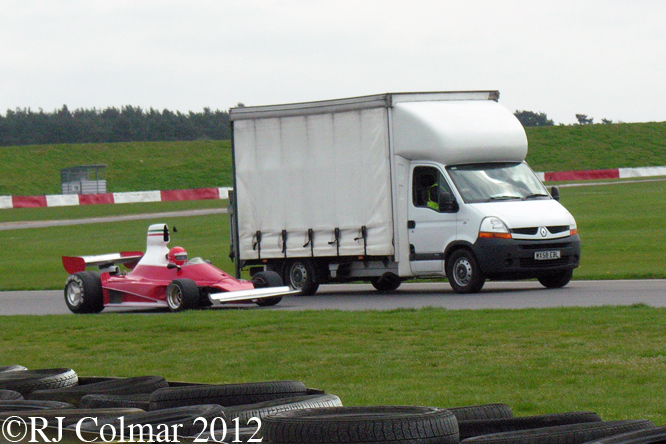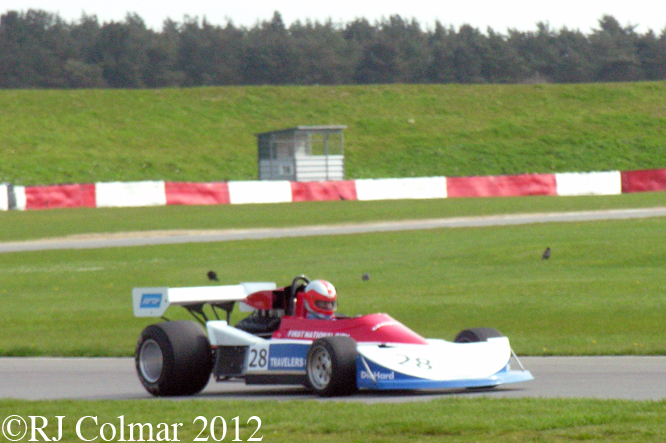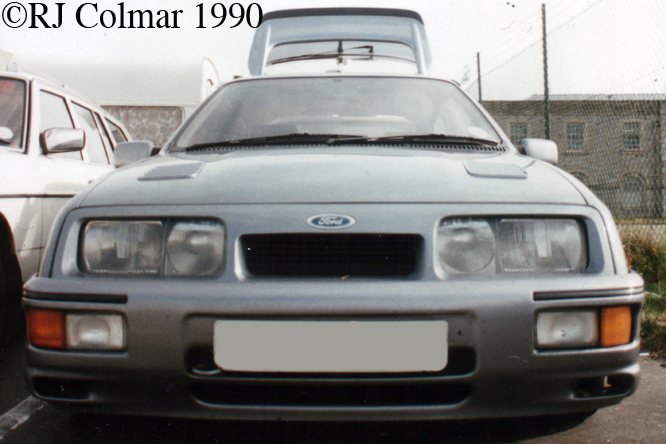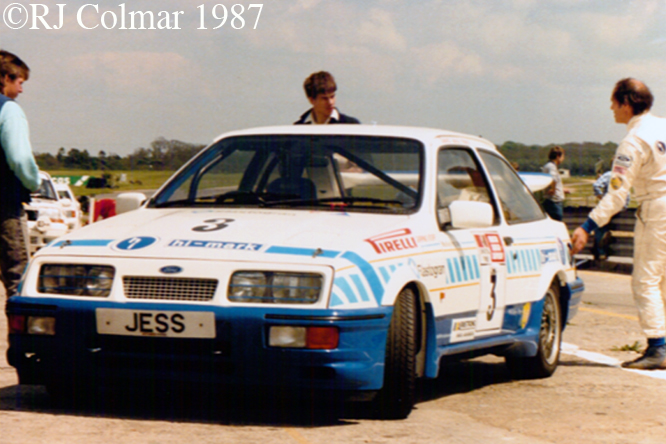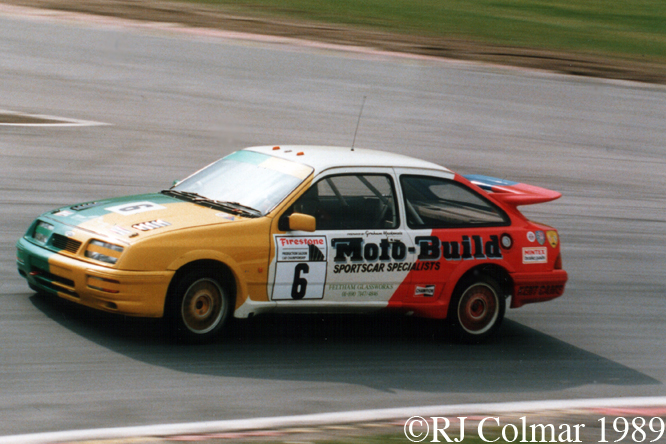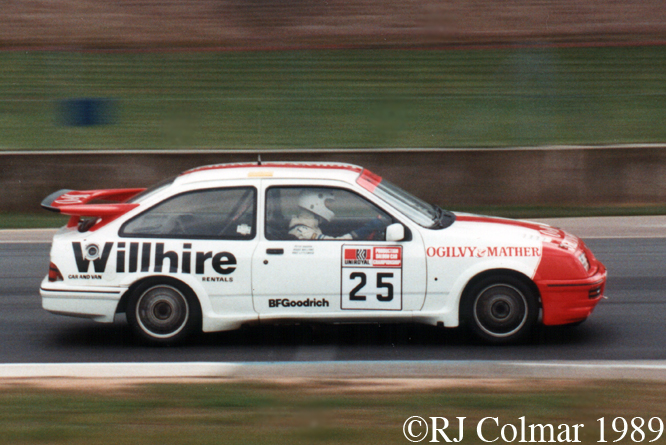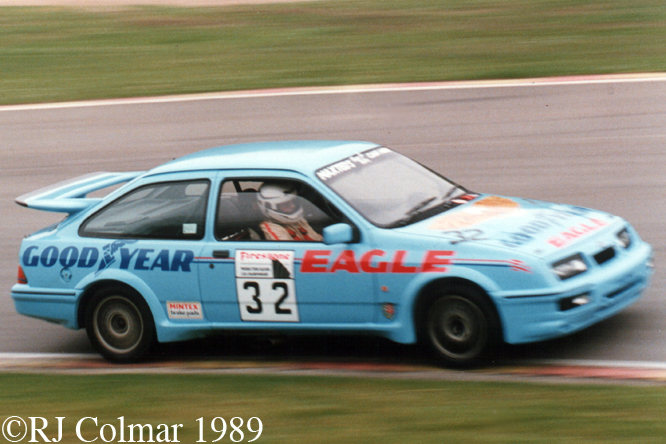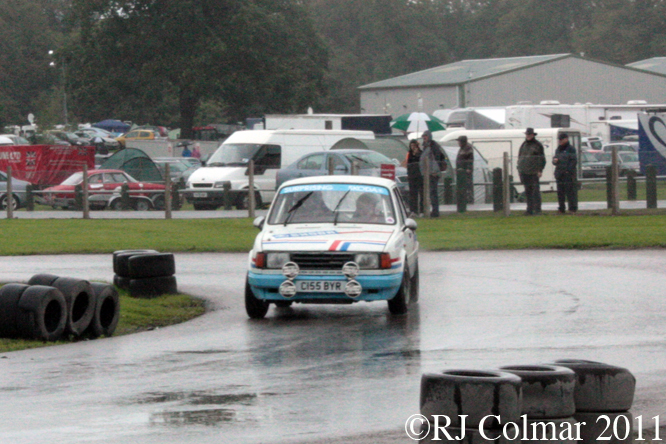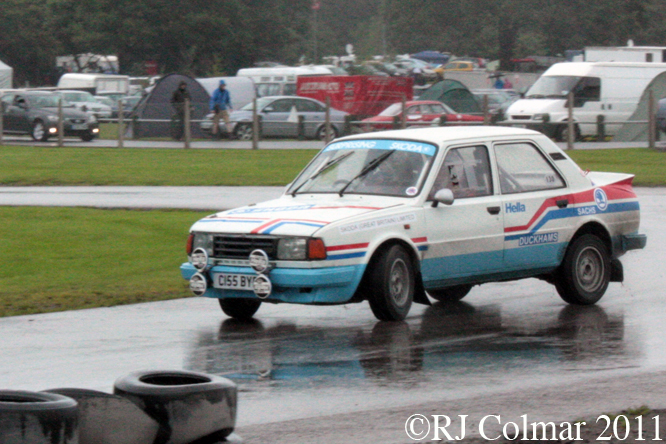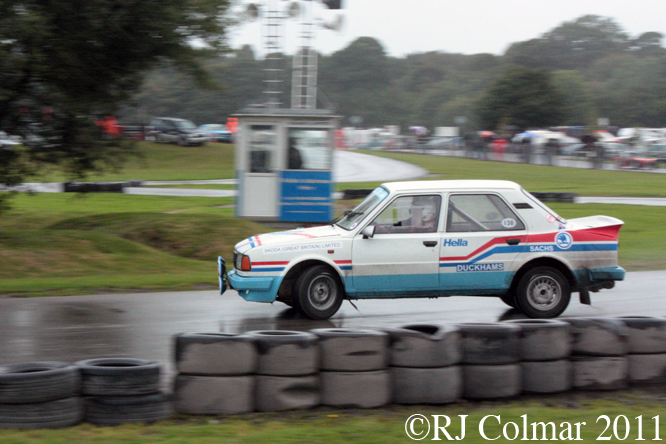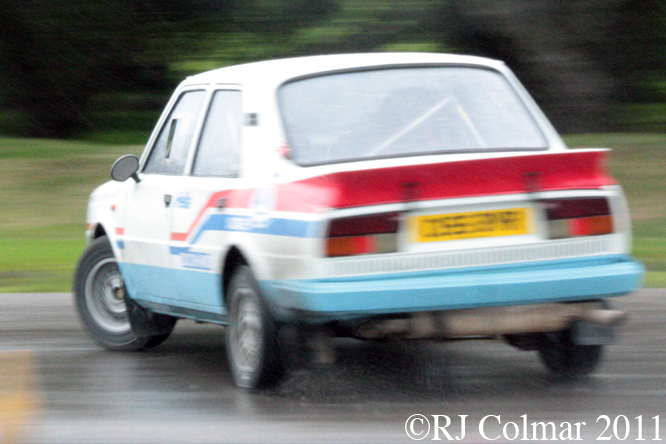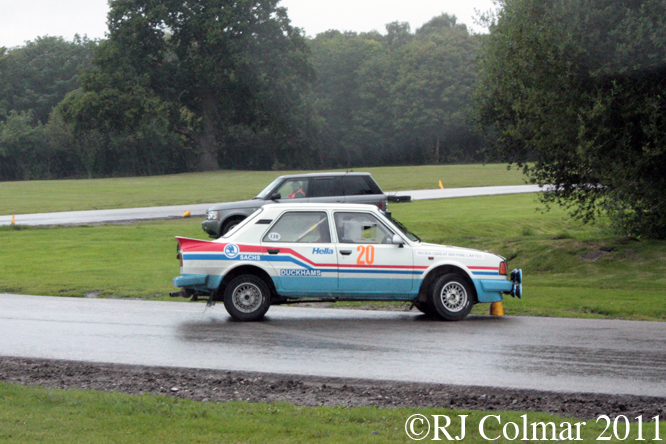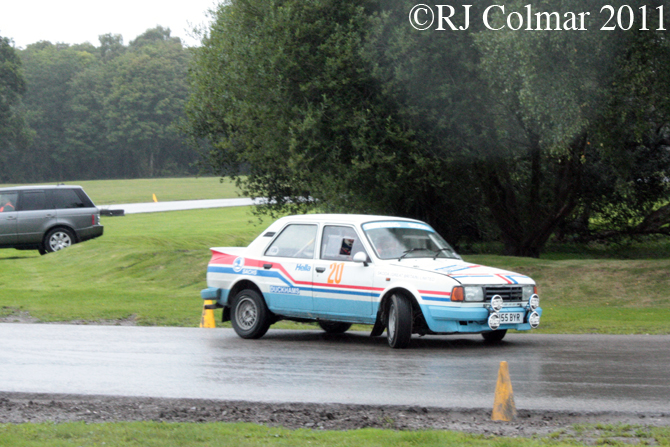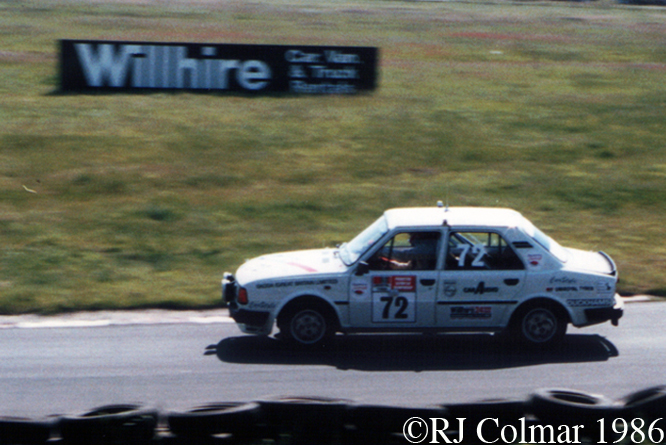Tom Dargue was an amateur racing driver who’s career spanned from at least 1937 when he raced a Fraser Nash BMW at Donington Park where he came second, until 1955 when he raced today’s featured car, known then as an MG TD Special, of his own design at Silverstone in the AMOC David Brown Cup a relay handicap race in which he finished 3rd overall and 1st in the Relay.
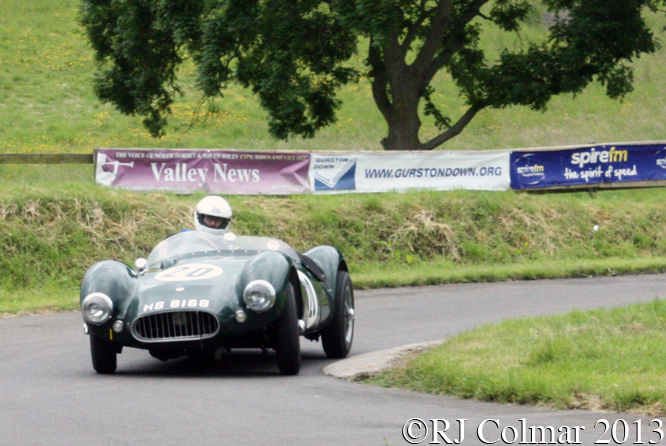
By at least 1949 Tom appears to have switched to racing MG’s and MG powered machines racing an unspecified MG to 3rd at Goodwood in 1949 a feat repeated in 1950 when he raced one of only 7 MG NE racing models built in 1934.

For 1951 Tom built his own car with a tube frame chassis apparently with help from well known MG Tuner and racer Bill Lester. In it’s original specification the car was fitted with a rudimentary two seater body with a signature Ferrari like chip cutter grill and cycle mudguards.
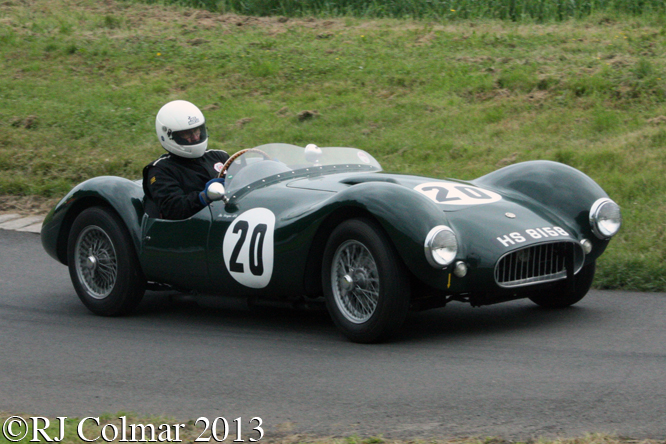
The MG TD Special was powered by a prewar 1100cc supercharged motor, possibly a 6 cylinder similar to that found in a K3 Magnette and various parts more commonly found on MG Y types.
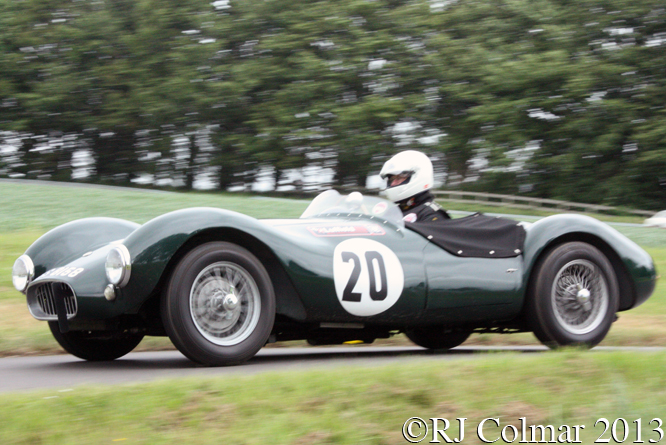
Tom’s debut in the car at Goodwood in 1951 netted another 3rd place finish but in 1952 he found his way to victory lane at Snetterton and Silverstone in between many podium finishes. Success at Silverstone was repeated in 1953 and the cars final victory was in the September 1953 National Handicap race at Goodwood.
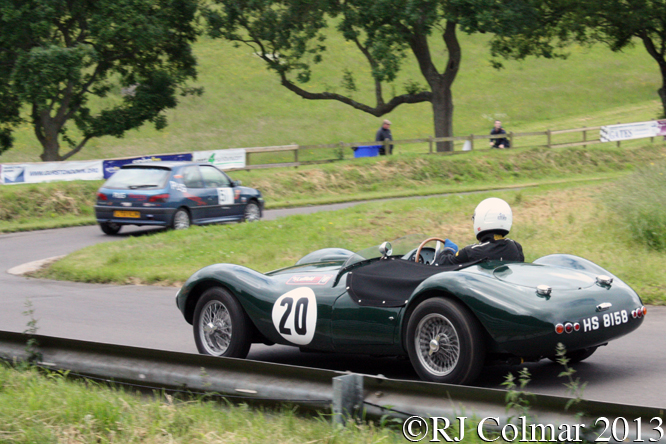
During the winter of 1953/54 TD Special was overhauled with the super charged pre WW2 motor being replaced with a contemporary 4 cylinder MG 1500 cc / 91.5 cui XPAG motor of the type used to power the MG TF 1500.
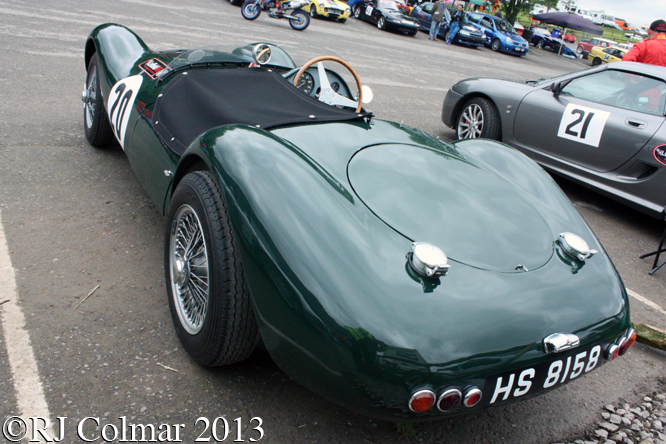
The original two seat cycle wing body found it’s way on to another special which Tom splashed out a rumoured £400 on the aluminium body seen on the car today which resembles a Maserati A6GCS. I would not mind betting that this body came from Williams & Pritchard who like Tom Dargue were based in North London, but that is idle speculation on my part.
Tom raced his 115 mph rebodied car still known as an MG TD Special through to 1955 but was losing ground particularly to Coventry Climax powered Lotus models.
Department of Transport records tell us the registration number came from an MG Magnette first registered on Valentines day 1935.
Current owner Chris Pamplin bought the car in 1967 and is seen driving it at last years 5th Tony Marsh Memorial Weekend run at Gurston Down.
Thanks for joining me on this “Maserati Looks” edition of “Gettin’ a li’l psycho on tyres” I hope you will join me again tomorrow for Maserati Monday. Don’t forget to come back now !


